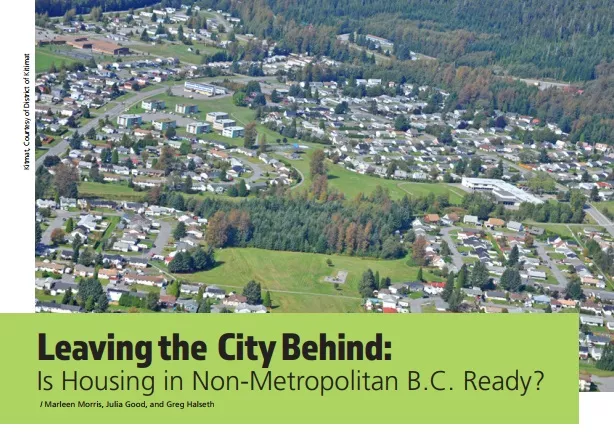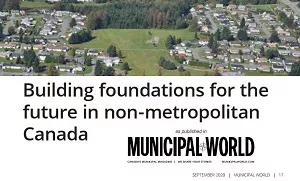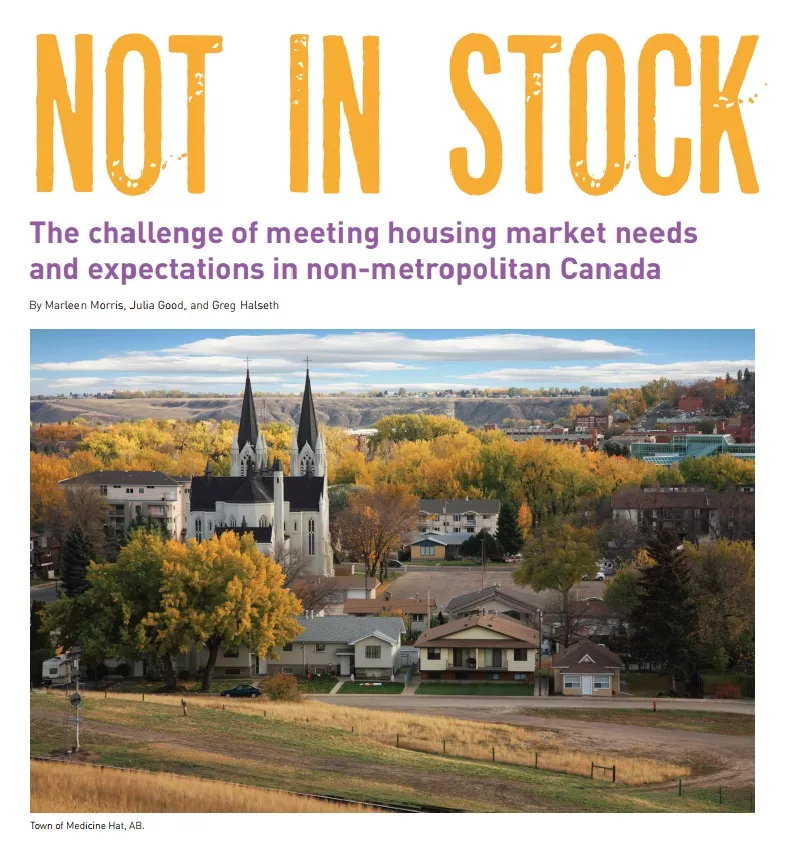The CDI's research on non-metropolitan housing across the country has been featured in magazines, journals, and in the media; drawing attention to our recommendation for a more focused look at housing challenges, gaps, and opportunities across non-metropolitan British Columbia and Canada.
Media
Census 2021: Population 'stagnant' in parts of northern B.C. (Vancouver Sun Article - Feb 9, 2022)
New Information is Available to Help More BC Communities with Housing. (Interview on CBC Daybreak North, January 28, 2023)
What's behind increasing home values? (Interview on CBC Daybreak North, January 7, 2022)
Articles

In PLANNING WEST, published by the Planning Institute of British Columbia (PIBC), our article titled “Leaving the City Behind: Is Housing in Non-Metropolitan B.C. Ready?” discusses urban out-migration and the impact it has on non-metropolitan housing in BC.
Leaving the City Behind: Is Housing in Non-Metropolitan B.C. Ready?

In Municipal World's Fall Newsletter, “Building Foundations for the Future in Non-Metropolitan Canada” provides a glimpse into the findings of our full-length report. This article focuses on the housing challenges and gaps in non-metropolitan Canada that are having a negative impact on economic, community, and social development. These impacts include challenges with attracting professionals, businesses, and workers to take up job and investment opportunities.
Building Foundations for the Future in Non-Metropolitan Canada

In the Canadian Institute of Planners (CIP) Fall issue of their newsletter PLAN CANADA, our article "Not in Stock: The challenge of meeting housing market needs and expectations in non-metropolitan Canada" draws attention to the challenges of older housing stock, an aging population, and the discrepancy between housing demand and housing availability based on population trends. The article also includes a call to action on housing policy and support, highlighting the need and opportunity for conversion, renovation, and energy retro-fitting of existing housing stock, infill housing, and new construction within the existing infrastructure envelope.”